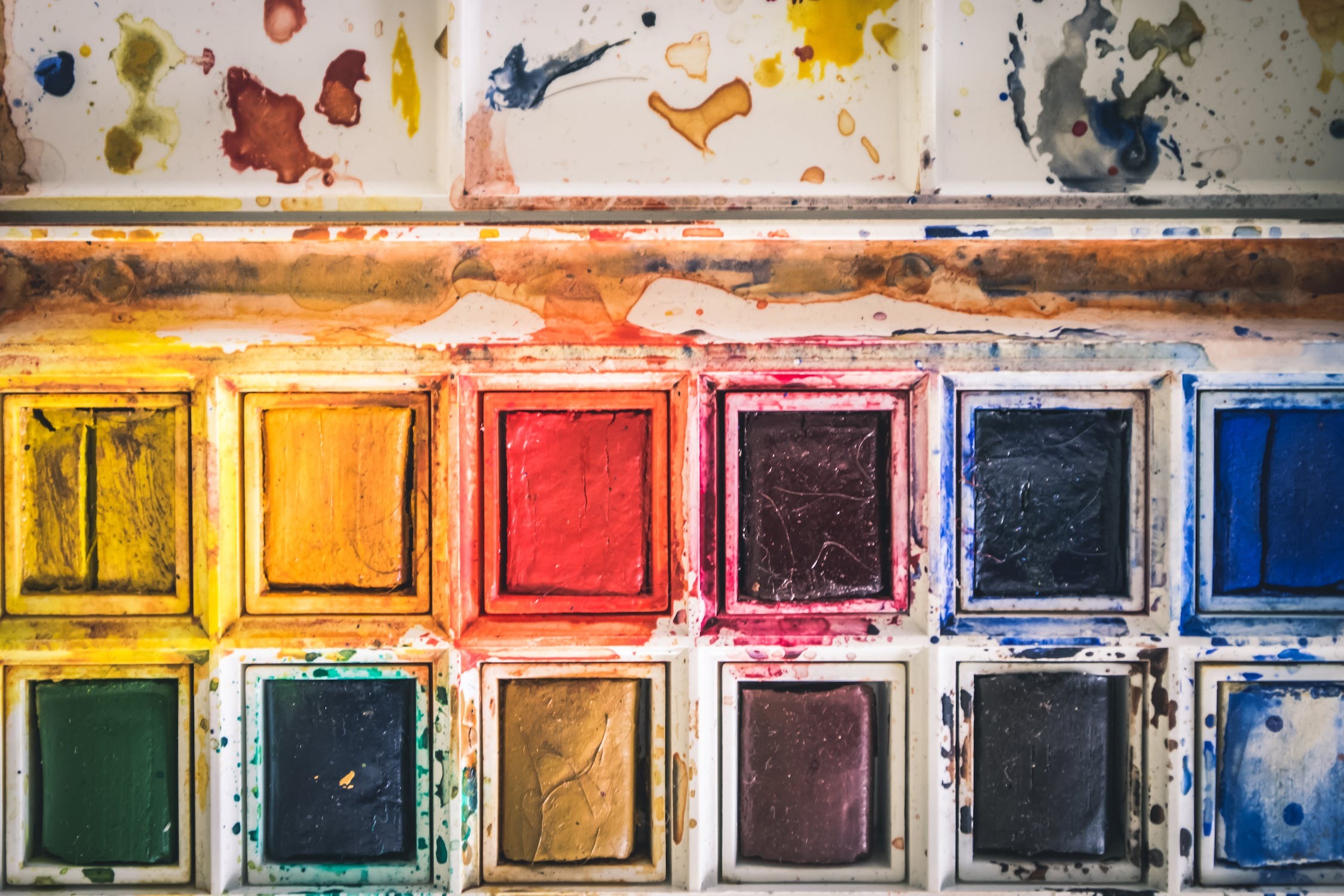Art has long been admired for its beauty and cultural significance, but in recent years it has also gained recognition as a potential investment vehicle. Many individuals are now considering art as a means to diversify their investment portfolios and potentially generate substantial returns. A Forbes article states that “more than one million artworks appeared at auctions in 2022, of which almost two thirds (65%) found buyers. Excluding China, the global art auction turnover reached its highest ever annual level with a total of $12.6 billion, i.e. 76% of the global art market”. However, before delving into the world of art finance, it is crucial to understand the benefits and risks associated with this market, especially for the average person.
Investing in art offers several enticing benefits. Firstly, art has historically shown resilience during economic downturns, making it an attractive option for those seeking stability in uncertain times. An Art Basel report estimated global art market sales reached over $65 billion in 2021. Additionally, owning artwork can provide personal enjoyment and aesthetic pleasure while simultaneously serving as a tangible asset that can appreciate in value over time.
However, like any investment opportunity, there are risks involved when entering the art market. One of the primary risks is the subjective nature of valuing artwork. Unlike stocks or bonds with clearly defined metrics, determining the worth of a piece of art relies heavily on individual perception and market demand. This subjectivity can lead to price volatility and potential discrepancies between perceived value and actual market value.
Furthermore, liquidity can be a significant challenge when investing in art. Unlike traditional financial assets that can be easily bought or sold on exchanges, selling artwork may require finding interested buyers through galleries or auctions. This lack of liquidity could pose difficulties for individuals who may need quick access to their invested capital.
In conclusion, investing in art can offer unique opportunities for diversification and potential financial gain; however, it is essential for average individuals to carefully consider both the benefits and risks associated with this market. Conducting thorough research, seeking expert advice, and understanding one’s own risk tolerance are crucial steps in making informed decisions when venturing into the world of art as an investment vehicle.





